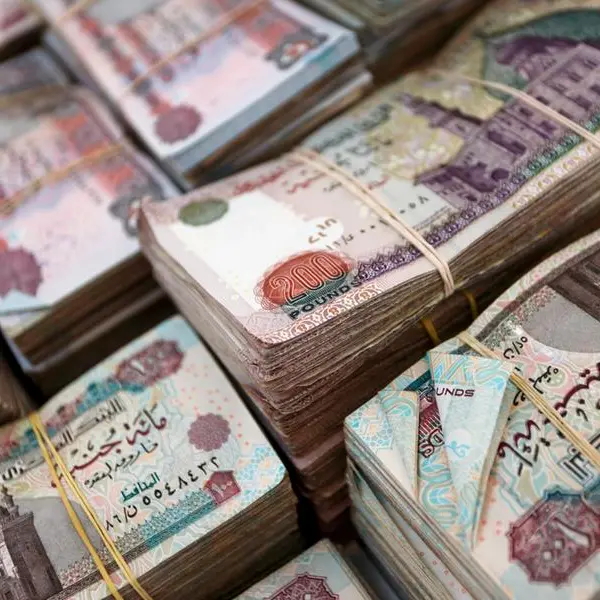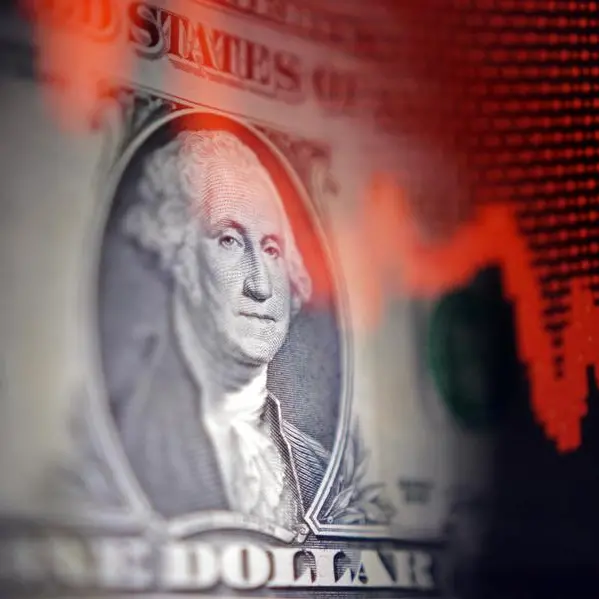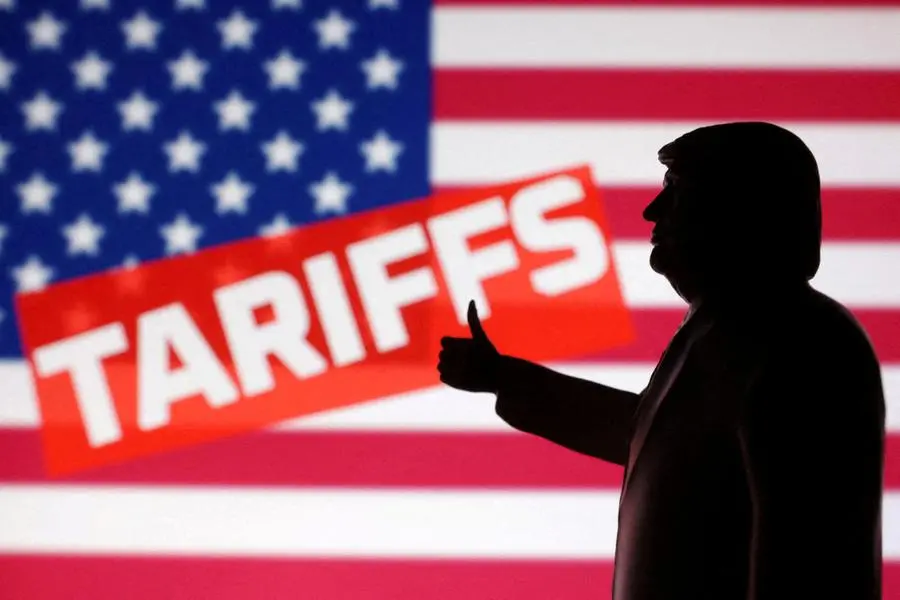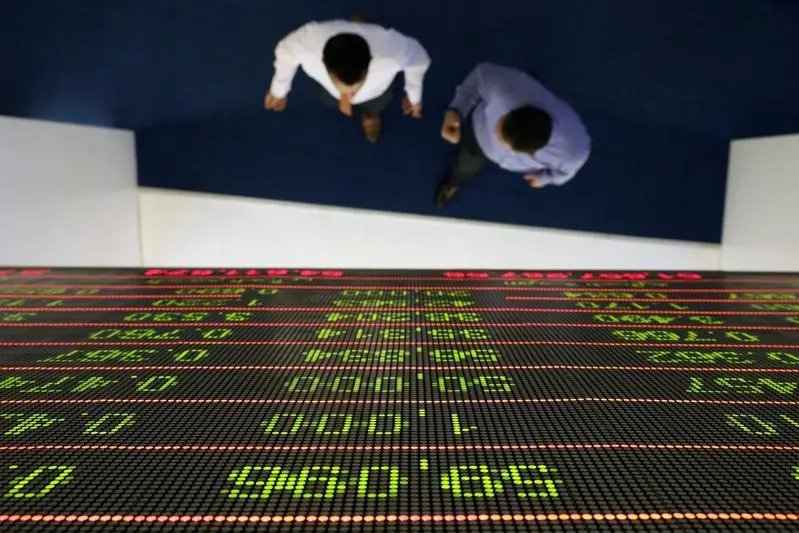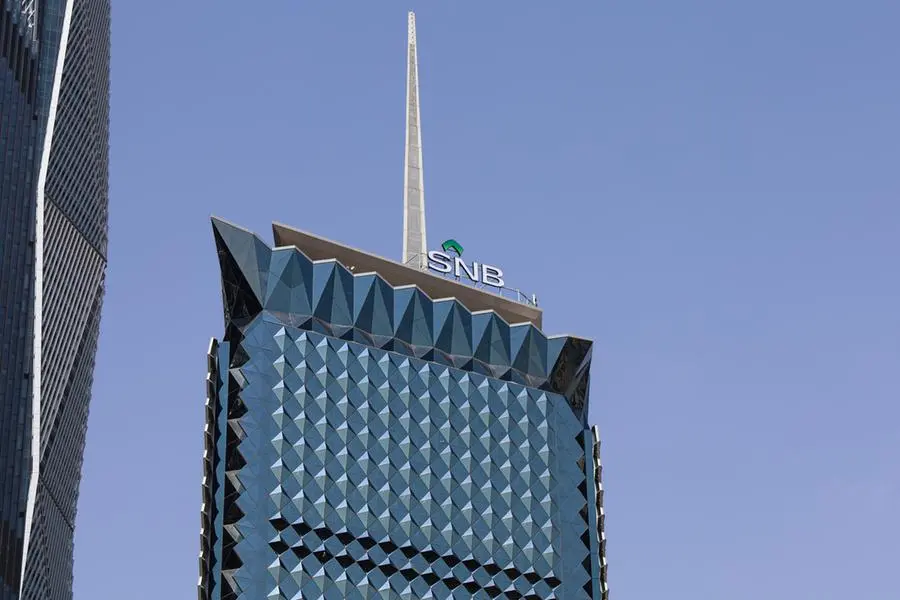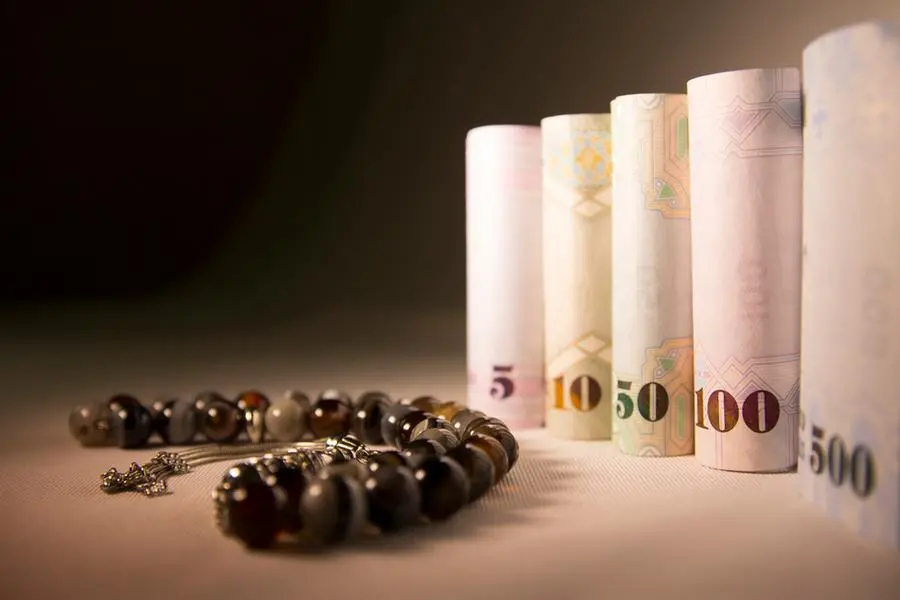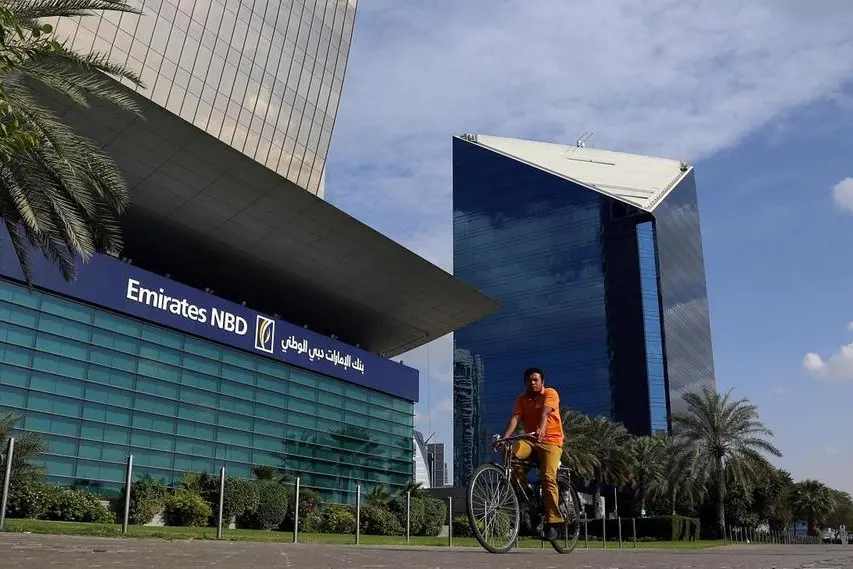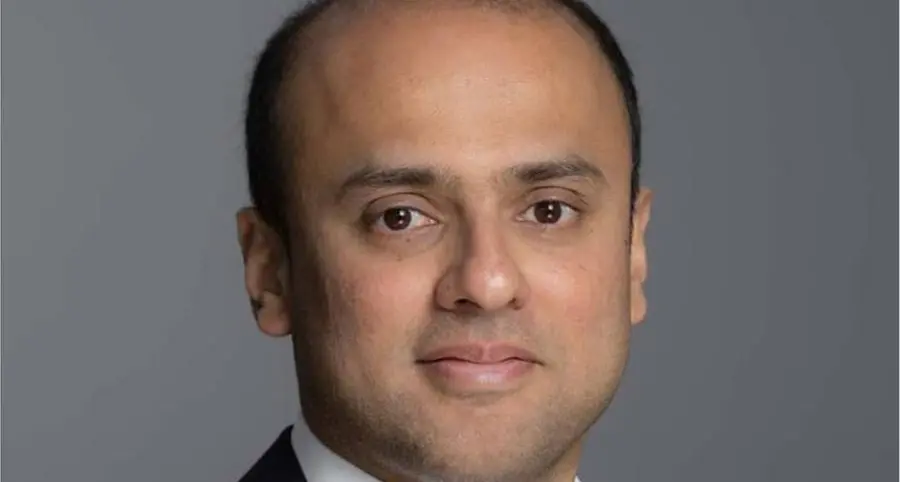Investors in private equity have a wide array of investment opportunities to choose from, such as listed PE funds, private PE funds, funds of funds, feeder funds or direct investment. There are also various choices in terms of investment focus of each fund, such as funds focusing on a single industry, on a geographic area, on types of companies, or on an investment strategy.
With this variety of options, the art of fund structuring and marketing becomes even more important as funds compete with each other to attract investors.
Funds focused on the small and medium-sized enterprises, or SMEs, have carved a promising niche in the MENA fund world. The importance of SMEs in terms of GDP contribution and employment is a well-recognized fact. According to a recent EU study, SMEs can generate twice as many jobs as large corporations, from the same amount of investment.
Generally, SMEs find it difficult to access traditional sources of finance such as bank credit due to their size. SME-specific funds can help fill the gap. In the MENA region, we have seen quite a few government-owned institutions as well as private fund managers announcing SME-specific funds. However, given the size of the SME market in the region, there is still a lot of potential for the funds to explore.
An important feature of investing in SMEs is to have the capability of delivering value in addition to providing capital. Having interacted with the Small Enterprise Assistance Fund, or SEAF, earlier, I believe it provides for an interesting case study of how an SME fund can work on capital provision, strategy guidance and enterprise development of its investee companies.
SEAF has 22 offices in frontier and emerging economies including the Balkan region, China, South America, South Asia and Central Asia (it does not have a presence in the Middle East). On the capital side, SEAF's funds provide equity, mezzanine capital and term credit. SEAF also has a productive interaction strategy with its investee companies through which it helps develop corporate governance, financial control, operational efficiencies (inventory and receivables management etc.) and global networking.
This business assistance input is provided through three tiers of support: SEAF's investment teams, external industry experts, and the Center for Entrepreneurship and Executive Development (CEED). Founded by SEAF, CEED works for enhancement of enterprise development, financial management and business planning skills of SME entrepreneurs through different training and skill development initiatives. CEED also promotes networking opportunities for SME entrepreneurs by organizing B2B events, which can lead to further growth for their enterprises.
For many SMEs, initial growth is spurred by the entrepreneurial skills of their founders but to grow to the next level of expansion, skills and opportunities imparted by CEED can make a difference.
Artima: A Case Study
An example of SEAF's intervention in its investee companies that goes above capital injection is Artima. At the time of investment, Artima was a retail company in Romania which operated supermarkets and it could not access traditional funding sources due to its size and early growth stage.
SEAF invested through equity and mezzanine capital, making a total investment of EUR 2.95 million through two of its funds, for a combined stake of 36%. Moreover, SEAF helped evolve Artima's strategy of expanding aggressively in second-tier cities to gain early-mover advantage in these cities.
SEAF also supported adoption of different management best practices which promoted operational improvement and enhanced Artima's competitiveness.
Four years later, SEAF facilitated Artima's sale to a large financial investor, Polish Enterprise Fund V. Today, Artima is part of supermarket giant Carrefour. The two SEAF funds investing in the Artima transaction earned an IRR of 55% and 56% respectively from their investment.
The Saudi Factor
There are various SME fund and related initiatives operating in the region and one expects to see more growth in this field. Abraaj Capital's Riyada Enterprise Development is one example which, in addition to provision of capital, also aims to help investee companies in their strategic planning, governance and technology improvement activities. Aramco's recent launch of the Waed program is another example.
Saudi Arabia, one of the largest regional markets, has recorded stable economic growth in recent years. According to the IMF's world economic output report, the country achieved 6.8% growth in real GDP in 2011 and is expected to record a further 6% growth in 2012.
This growth gives rise to opportunities for investing in different constituent sectors of the Saudi economy that have SME density, such as the manufacturing sector. According to SAMA's 2011 report, GDP of Saudi manufacturing industries (other than oil refining) grew by 5.2% in 2010 and SMEs in the Saudi manufacturing sector stand to reap the direct benefit of this growth.
Regional fund managers who want to focus on the SME sector may strategize to join hands with government sector institutions working for SME uplift, local chambers of commerce, etc. This joint effort can produce synergies for all concerned.
For instance, government sector institutions and chambers can help in outreach to promising SMEs, provide a comfort level to target investee companies about the fund and provide help in skill-development initiatives. Fund managers can provide the necessary growth capital to selected SMEs. The joint efforts of public and private sector can help spur job creation and economic expansion.
Bilal Sethi is an assistant vice president in the private equity department of Gulf International Bank, Bahrain, where he is part of the PE Funds team. Previously, he has worked for a US-based strategy consulting firm, on its assignment in South Asia focusing on SME competitiveness.
The ideas expressed in this article are the author's and do not represent those of his employer or of Zawya.
© Zawya 2012

